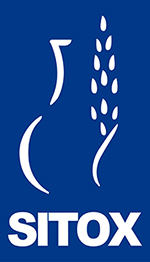Use of ultrasound for the assessment of dehydration in pediatric patients with mild to moderate dehydration

Submitted: 5 March 2019
Accepted: 1 July 2019
Published: 5 August 2019
Accepted: 1 July 2019
Abstract Views: 1275
PDF: 559
Publisher's note
All claims expressed in this article are solely those of the authors and do not necessarily represent those of their affiliated organizations, or those of the publisher, the editors and the reviewers. Any product that may be evaluated in this article or claim that may be made by its manufacturer is not guaranteed or endorsed by the publisher.
All claims expressed in this article are solely those of the authors and do not necessarily represent those of their affiliated organizations, or those of the publisher, the editors and the reviewers. Any product that may be evaluated in this article or claim that may be made by its manufacturer is not guaranteed or endorsed by the publisher.

 https://doi.org/10.4081/ecj.2019.8151
https://doi.org/10.4081/ecj.2019.8151








